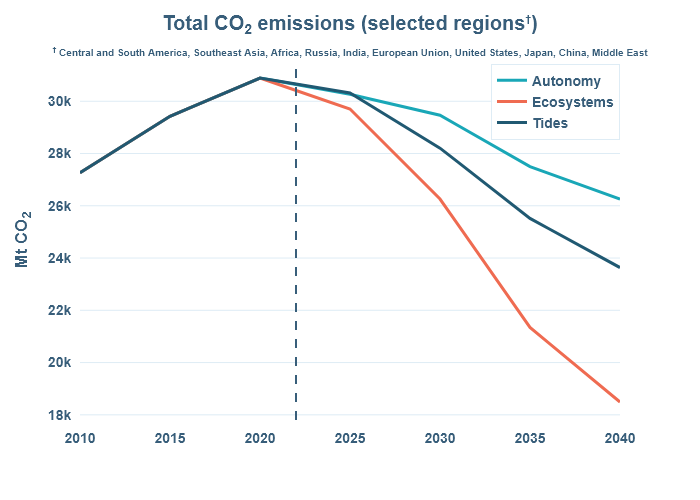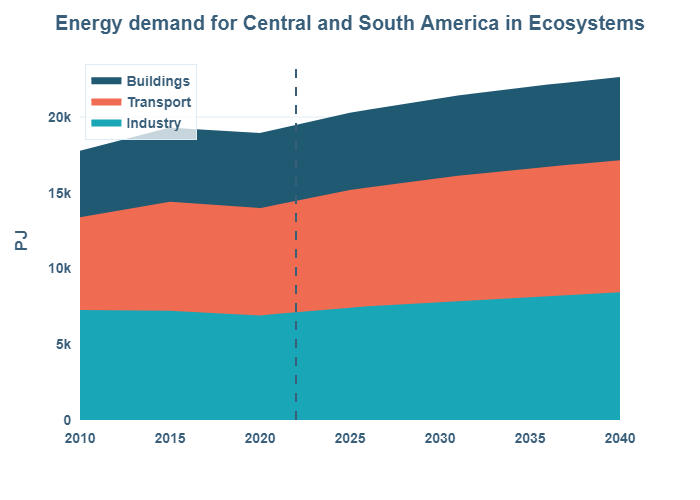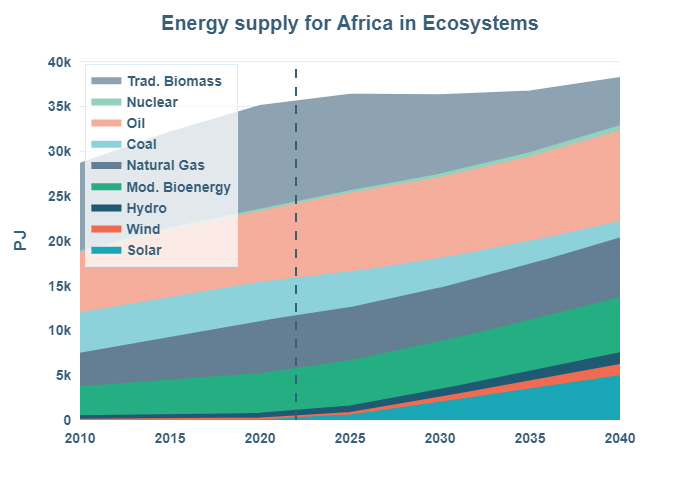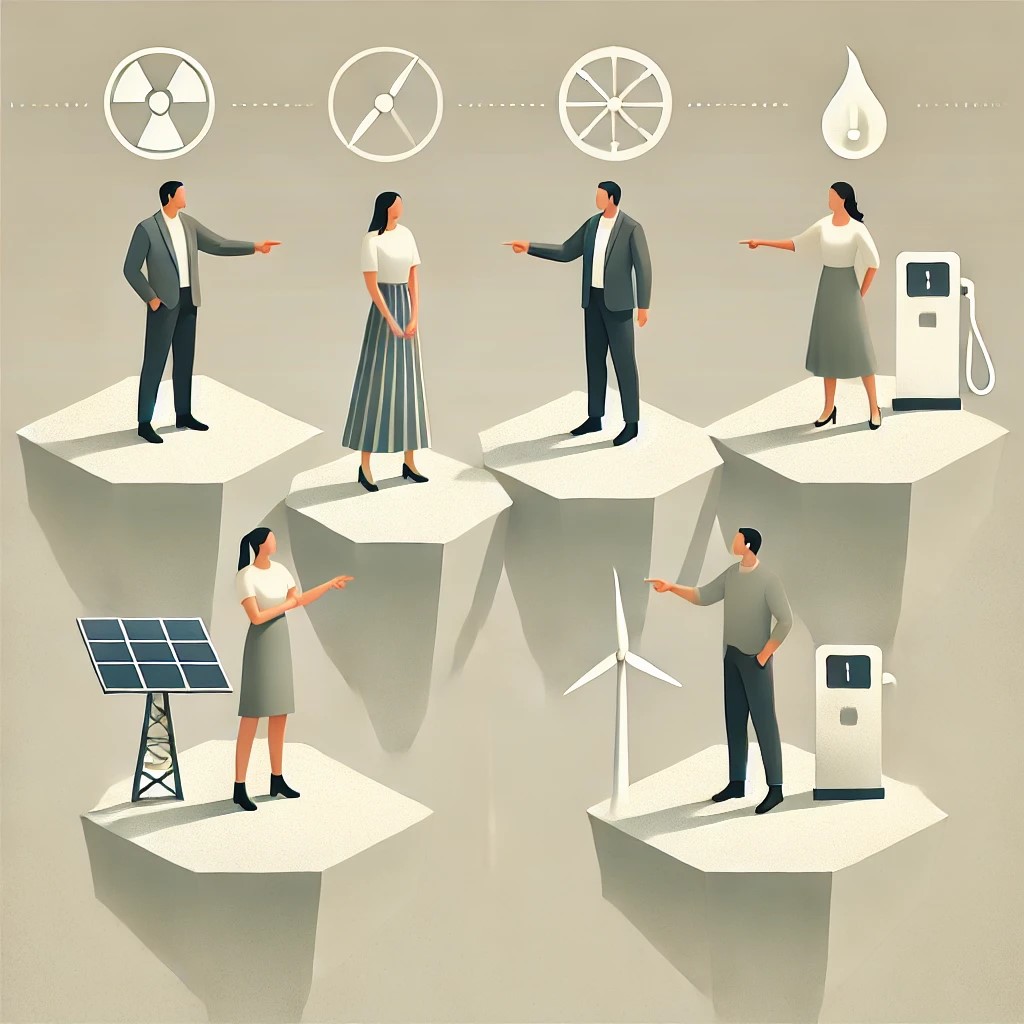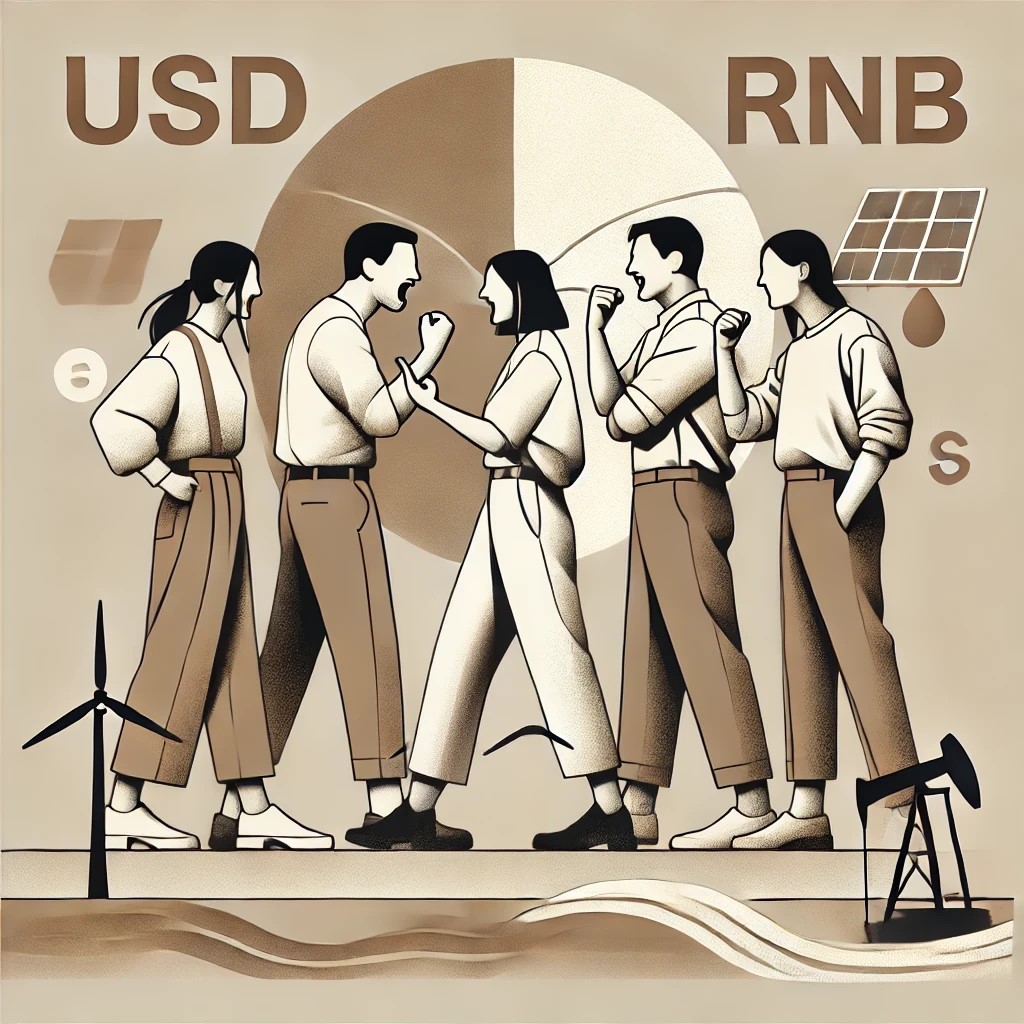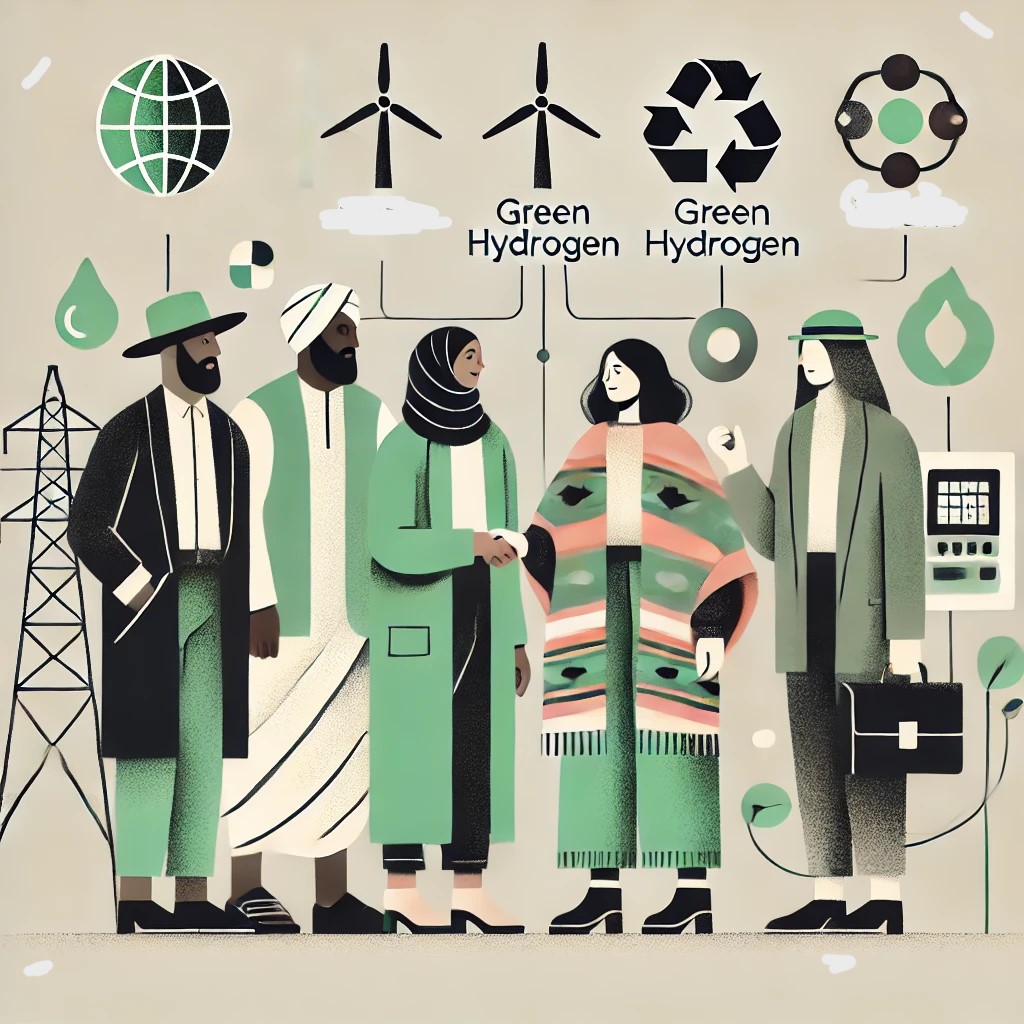
The Ecosistemas/ekosistem/ecosystems scenario: This is a "multiplex world" where states and blocs of states cooperate, but without a dominant ideology. Energy demand increases considerably, especially in emerging markets, but there are challenges or the supply side to keep up. A series of international ecosystems provide a wide range of energy supply options, ranging from low carbon ammoniac and H2, through "traditional" renewable sources and nuclear power, up to and including fraced geothermal energy, but the challenge is the time it takes to develop the necessary…
The Ecosistemas/ekosistem/ecosystems scenario: This is a "multiplex world" where states and blocs of states cooperate, but without a dominant ideology. Energy demand increases considerably, especially in emerging markets, but there are challenges or the supply side to keep up. A series of international ecosystems provide a wide range of energy supply options, ranging from low carbon ammoniac and H2, through "traditional" renewable sources and nuclear power, up to and including fraced geothermal energy, but the challenge is the time it takes to develop the necessary infrastructure
The socio-political transition: Competition between blocs, with non-aligned countries benefiting as intermediaries, results in short-termism and more of the known market driven solutions. Even if the Chinese led bloc is politically more authoritarian both blocs share the same economic paradigm, where GDP is king. Moreover, governments focus on keeping their industry and consumers happy, and are not prepared to make either pay the price of the externalities provoked by burning fossil fuels. True reform is thus difficult and existing market designs often remain locked in.
The techno-economic transition: Green growth has become the new norm, but trade makes it hard to compel a circular economy. Demand for ressources, including energy, is booming, so one response is to try and reduce it with technical solutions. But that also needs ressources. Certain resources and key platforms are vital for all, making their owners rich. Migration continues but in manageable chunks, helping economic growth in the rapidly aging societies.
The physical transition: The visiblity of climate impact gives greater urgency and weight to the need for international cooperation. The balance of space for humans vs sustainabillity efforts and nature is achieved, but only on the cost of many poor missing out largely on space and quality of life. Indeed, the need for ressouces encourages many new sources to be exploited - including sub-sea and space mining.
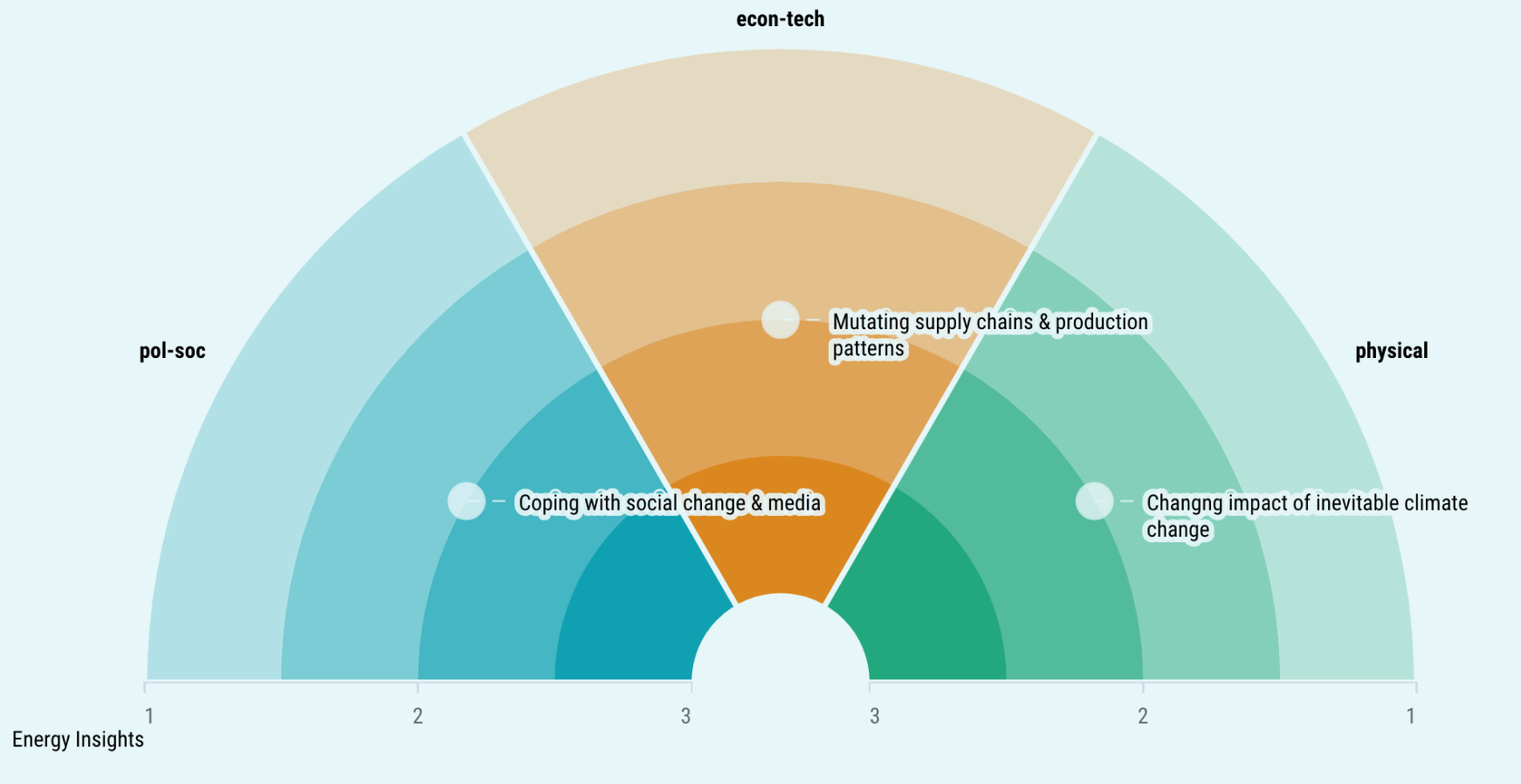
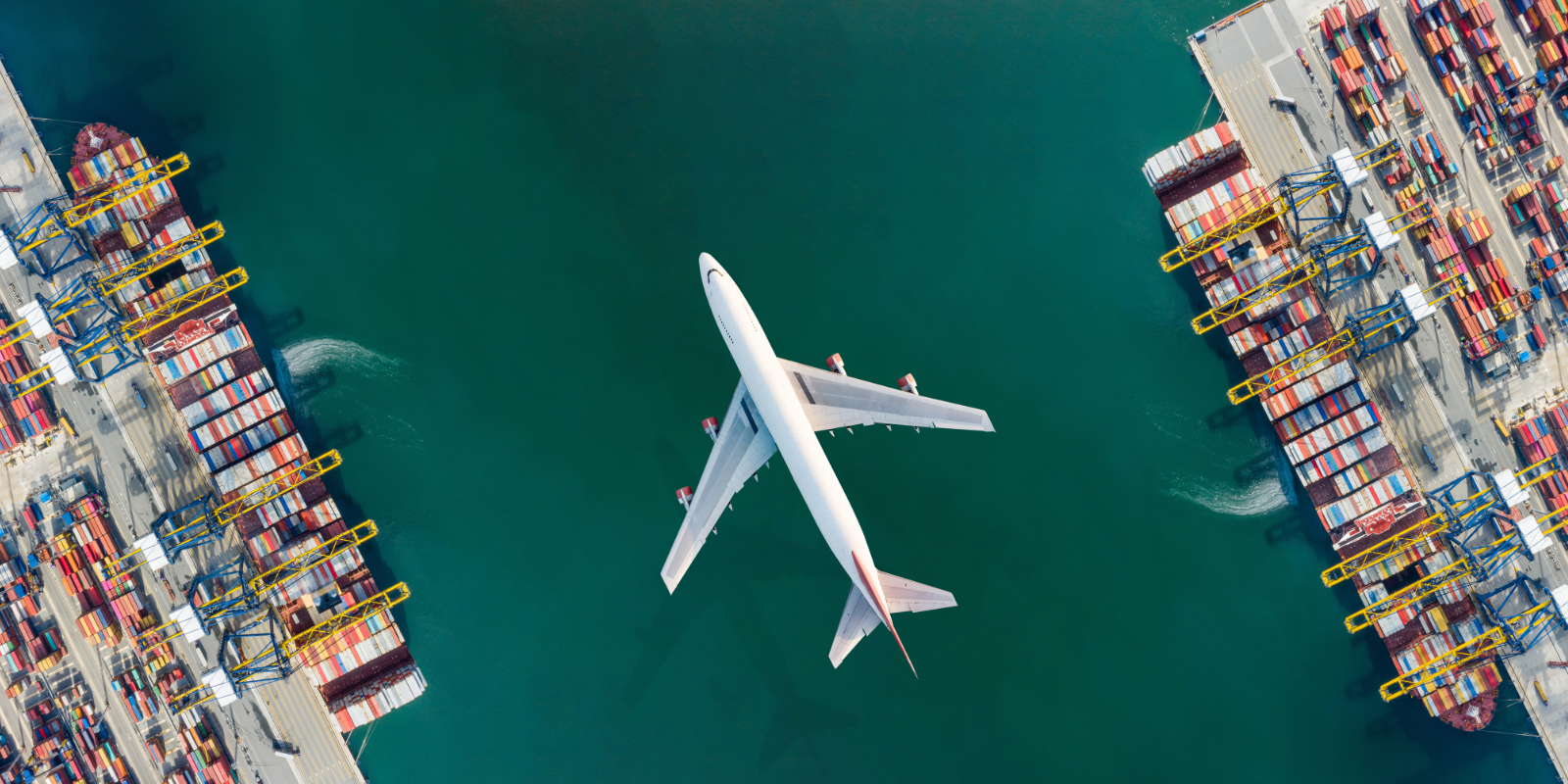
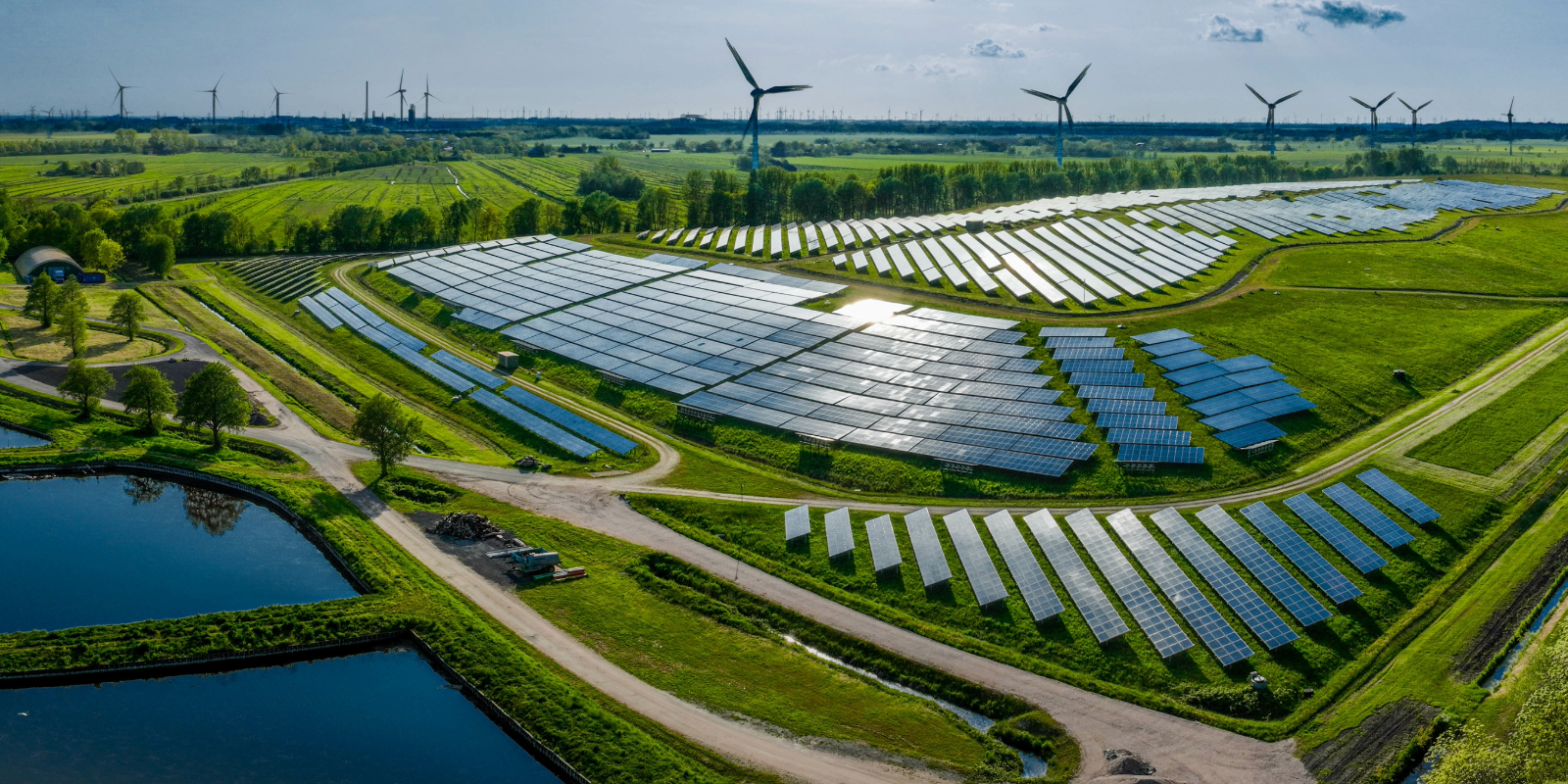
- Many parts of Africa, Latin America and Asia are able to reduce energy poverty and support the emergence of a middle class, but that does mean it is harder for them to decarbonise rapidly. These countries need to keep up with a growing energy demand and do major investments into base infrastructure and stable dispatchable energy to secure energy.
- East Asian and European countries are encouraged to continue the energy transition and increase energy efficiency, as they see how the energy intensity of extracting new resources keeps increasing. However, they also notice how most steps to sustainability need more of their scarce resources, including land and it is difficult to force behavioural change in a collaborative world.
- In fossil fuel rich regions such as the middle East and North America, there is an incentive to decarbonise domestically to try and maximise the profit achieved by selling fossil fuels abroad at higher prices than is possible domestically. This also reduces the risk of having stranded assets as fossil fuels are phased out.
Involving a group based in multiple geographies, we have gathered a number of releavant information sources, be these reports, articles, or workshop outputs. Just a handful of articles are listed below. As the website has to be "finished" at a particular point in time, the articles may appear old. But do not fear, in the actual tool we are using, there are regular updates of new articles.

We have identified three distinct scenarios, each of which represent how the world may look in 2040.
